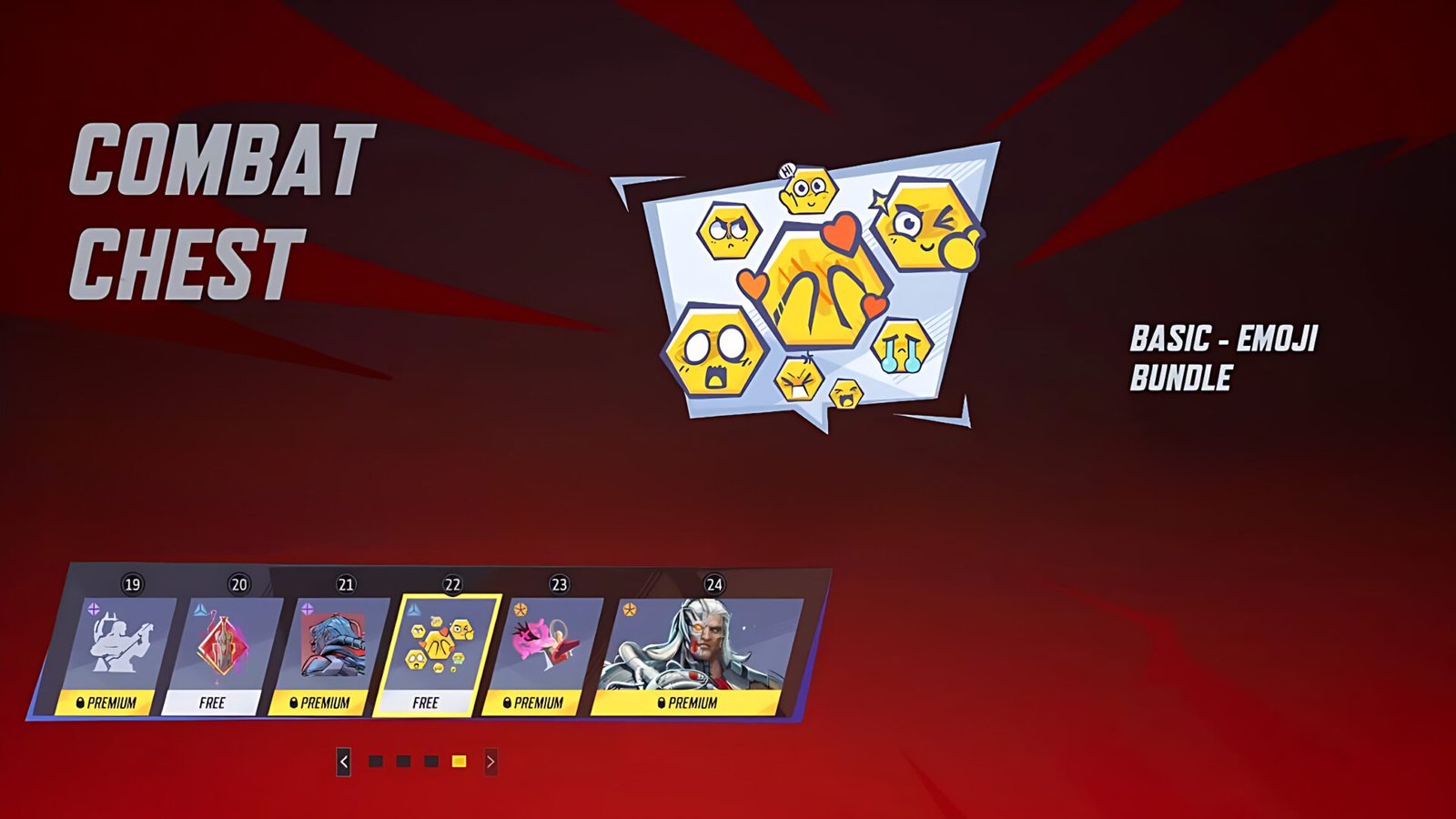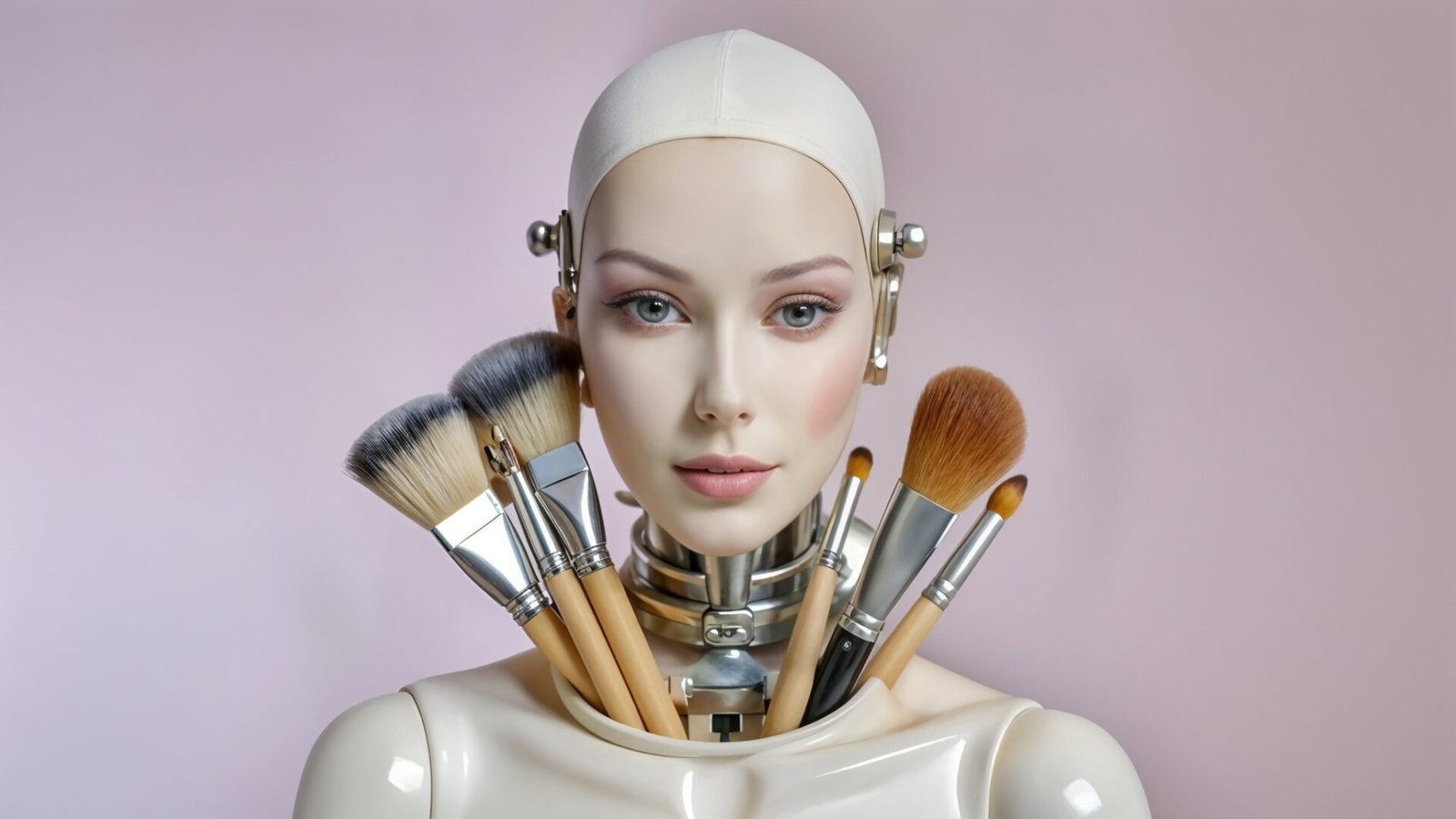In a world where technology is woven into the fabric of daily life, Kids and Programming go hand in hand. Instead of just consuming digital content—watching videos, playing games, and scrolling through social media—kids have the potential to create. Whether through coding, digital art, music production, or video editing, fostering a child’s ability to create rather than passively consume builds essential skills in creativity, problem-solving, and digital literacy.
The Importance of Encouraging Content Creation
Enhancing Creativity and Problem-Solving Skills
Creating content challenges kids to think critically and solve problems in innovative ways. Whether they’re coding a game, composing music, or designing an animated short film, they engage in a process that strengthens logic, storytelling, and technical abilities. Research suggests that introducing programming in early childhood can improve problem-solving skills and foster a deeper understanding of STEM subjects.
Building Confidence and Digital Literacy
When kids create digital content, they gain confidence in their ability to express ideas and develop technical expertise. Beyond coding, digital literacy encompasses understanding how online platforms work, the basics of cybersecurity, and ethical considerations in the digital space. Teaching kids how to create content helps them become responsible digital citizens rather than passive consumers of information.
Preparing for Future Opportunities
The demand for digital skills is increasing across industries. Whether a child becomes an artist, engineer, entrepreneur, or scientist, exposure to digital creation early on can open doors. AI-powered tools and online learning platforms make it easier than ever for kids to build these skills in a fun, engaging way.
The Role of AI in Content Creation for Kids

AI isn’t just something kids should passively consume—it’s a tool they can actively use to enhance their creativity. Some ways kids can integrate AI into their content creation include:
- Storytelling & Writing: AI tools like ChatGPT can help generate creative story ideas, improve writing, or suggest dialogue.
- Digital Art & Concept Design: AI-driven tools like DALL·E, Canva’s AI features, or Adobe’s Firefly can assist in creating artwork.
- Code Debugging & Learning: Platforms like GitHub Copilot or AI-powered code tutors help kids troubleshoot and understand programming concepts.
- Music & Sound Design: AI-generated music tools, such as Boomy and Soundraw, allow kids to compose unique music tracks.
- Ethical Considerations: It’s essential to teach kids how AI works, including its limitations, biases, and ethical implications in content creation.
Expanding the Definition of “Content Creation”
While coding is a powerful form of content creation, kids can explore many other creative digital skills:
- Digital Art & Design: Tools like Procreate, Canva, and Krita allow kids to create digital paintings, illustrations, and graphic designs.
- Video Creation & Editing: Beginner-friendly tools such as CapCut, iMovie, and Adobe Premiere Rush help kids edit and produce their own videos.
- Music Composition: Platforms like GarageBand, Soundtrap, and BandLab let kids create their own songs.
- Podcasting & Audio Storytelling: Kids can start their own podcasts with simple tools like Anchor.fm or Audacity.
- Website & Interactive Content Creation: Beyond coding, platforms like Wix, Weebly, and Google Sites enable kids to build personal websites or interactive projects.
Recommended Programming Languages & Platforms for Kids

Ages 5–7: Early Learners
- ScratchJr: A visual programming language that helps young children create simple stories and animations.
- Blockly: Google’s block-based coding system, great for teaching fundamental logic.
- LEGO Education SPIKE Essential – Introduces young children to fundamental robotics and STEM concepts through storytelling and playful building.
- Bee-Bot – A simple, screen-free robot that teaches sequencing, directions, and basic coding through hands-on play.
Ages 8–12: Elementary to Middle School
- Scratch: A step up from ScratchJr, introducing more complex programming concepts through block-based coding.
- Python: A beginner-friendly text-based language used for simple games and projects.
- Tynker: A coding platform that gamifies learning with interactive projects.
- Code.org: Offers a structured learning environment with engaging activities.
- LEGO Education SPIKE Prime – Combines LEGO building with coding in a way that encourages students to solve real-world challenges.
- Makeblock mBot – A user-friendly robotics kit that helps kids learn programming, electronics, and robotics in a fun way.
- VEX GO – A beginner-friendly robotics system designed to teach STEM concepts with hands-on activities.
Ages 13 and Up: Teens
- JavaScript: Essential for web development and interactive applications.
- Java: A widely used language for Android app development.
- HTML/CSS: Fundamental for building and designing websites.
- Robotics & Hardware Coding: Platforms like Arduino and Raspberry Pi integrate programming with hands-on projects.
- VEX IQ – A more advanced robotics kit that introduces mechanical design and programming, perfect for competitive robotics.
- FIRST Robotics Competition – A globally recognized competition where teens design, build, and code their own robots to solve complex challenges.
Strategies to Encourage Content Creation in Kids

- Expose Kids to Multiple Creative Tools: Let them explore different forms of content creation, from coding to digital design.
- Promote Project-Based Learning: Encourage them to start small projects like a website, a digital comic, or a short film.
- Utilize AI Thoughtfully: Teach kids how AI can assist creativity but also discuss its limitations and ethical considerations.
- Provide Positive Feedback: Celebrate their work and encourage them to share their creations.
- Encourage Collaboration: Many kids thrive when working on projects with peers, whether coding together or creating digital art.
Kids and Programming: Shaping the Creators of Tomorrow
By encouraging kids to become digital creators, we empower them with skills that will benefit them for a lifetime. Whether coding, making music, designing websites, or exploring AI-assisted creativity, they gain problem-solving abilities, confidence, and a better understanding of technology. The key is to provide them with the right tools, guidance, and encouragement to explore their passions and create something unique.


